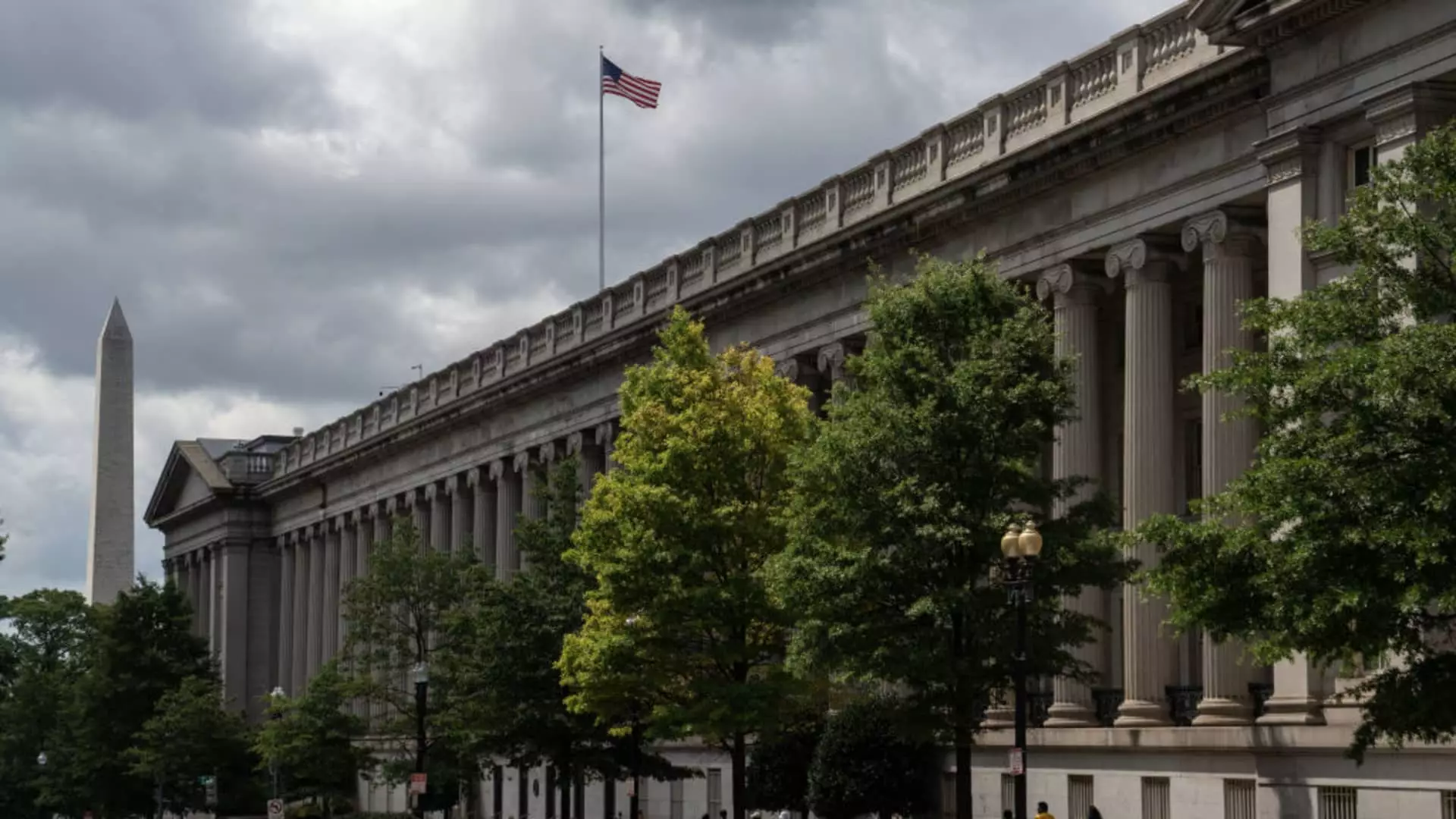The landscape of fixed-income investing has been tumultuous, particularly as we move into 2025. The bond market is grappling not just with rising interest rates and increased supply, but also with critical maturity dates approaching for a significant amount of U.S. debt. This scenario poses unique challenges for investors as they seek strategies to navigate a market fraught with uncertainty and volatility.
One of the less conspicuous yet critical issues facing fixed-income investors in 2025 is the impending maturity of nearly $3 trillion of U.S. debt, particularly short-term notes. Over the past few years, the Treasury Department has adopted a strategy of issuing large amounts of short-term securities, and this is now coming back to haunt the market. As these notes reach maturity, the Treasury will need to refinance them, but under current conditions, it remains uncertain whether the market can effectively absorb this massive rollover.
Furthermore, it’s essential to recognize that the U.S. government is projected to run substantial budget deficits—around $2 trillion—which compounds the problem. According to Tom Tzitzouris from Strategas Research Partners, if the trends of trillion-dollar deficits continue, the Treasury bill issuances will eventually become overwhelming. Investors may find themselves in a precarious position as they grapple with the implications of increased supply and the Treasury’s efforts to lengthen the duration of its debt.
Historically, the Treasury has preferred to maintain Treasury bill issuances at just over 20% of the overall debt supply. However, due to ongoing negotiations over the debt ceiling, along with the necessity for immediate funds to ensure government operations, this threshold has been surpassed in recent years. The Treasury’s issuance climbed to approximately $26.7 trillion in 2024—an increase of 28.5% compared to the previous year—raising legitimate concerns among policymakers and economists alike.
Criticism has emerged targeting Treasury Secretary Janet Yellen’s approach to debt issuance, particularly against the backdrop of an election year. By favoring short-term financing ostensibly to keep costs low, her strategy has attracted scrutiny from Republican lawmakers and notable economists such as Nouriel Roubini. The worry is that this approach is not sustainable long-term and is merely a temporary fix that could exacerbate inflationary pressures.
Impact of Rising Yields on Treasury Performance
The situation has been further complicated by a notable increase in yields following the Federal Reserve’s controversial decision to cut its benchmark interest rate. Since September, yields have surged, creating a challenging environment for Treasury investors as bond prices have plummeted. For instance, the iShares 20+ Year Treasury Bond ETF (TLT) has reportedly lost over 11% in value throughout 2024. This performance starkly contrasts with the nearly 23% gain in the S&P 500, highlighting a broader trend where fixed income is losing its appeal in favor of equities amid a changing economic backdrop.
Traders have started to recalibrate their expectations about future rate cuts. The market’s perception of a shallower trajectory for interest rate reductions indicates a challenging road ahead for fixed-income securities. The essential question becomes: how can fixed-income investors adjust their portfolios to mitigate risks associated with increased issuance and fluctuating yields?
As we head into 2025, fixed-income investors will need to develop strategies that account for the anticipated volatility in the Treasury markets. One approach could be diversifying across different duration segments to balance risk effectively. Investors might also consider higher-quality corporate bonds or municipal bonds, which may offer better yields without the heightened risks associated with U.S. Treasuries.
Additionally, it becomes crucial to remain vigilant regarding macroeconomic indicators and developments in fiscal policy. Understanding the implications of government spending, economic growth outlooks, and changes in Federal Reserve policy will be fundamental in shaping investment decisions in this intricate landscape.
As 2025 approaches, the challenges facing fixed-income investors are multi-faceted, ranging from imminent maturities to rising yields and a massive budget deficit. Adapting to this evolving environment requires not only an awareness of trends in Treasury issuance but also a willingness to rethink traditional investment strategies. Given these complexities, exercising caution and remaining informed will be paramount for those navigating this turbulent fixed-income terrain.


Leave a Reply